A buzzy, brave 2022 in art
It was a brave, buzz-worthy year for art in 2022. Themes of revolution, escape, and lost identity were central. Filipino art appeared everywhere in the highly polished European cities, from the Tate to the Prado to the Venice Biennale to the glamorous galleries of Paris.
The mid-century iconoclast Hernando R. Ocampo, who defined a new age in Philippine painting, was also revealed to be a practicing surrealist. His work titled “Glooming” (1939) kicked off the year by traveling from the august halls of the Metropolitan Museum of Art in New York to the Tate Modern in London. From the collection of Paulino and Hetty Que, it represented the Philippines in the constellation of the subversive, mind-bending art featured in “Surrealism Beyond Borders.” Prophetically, a map of “The World in the Time of the Surrealists” from 1929, also on display, includes the Philippines in the pantheon.
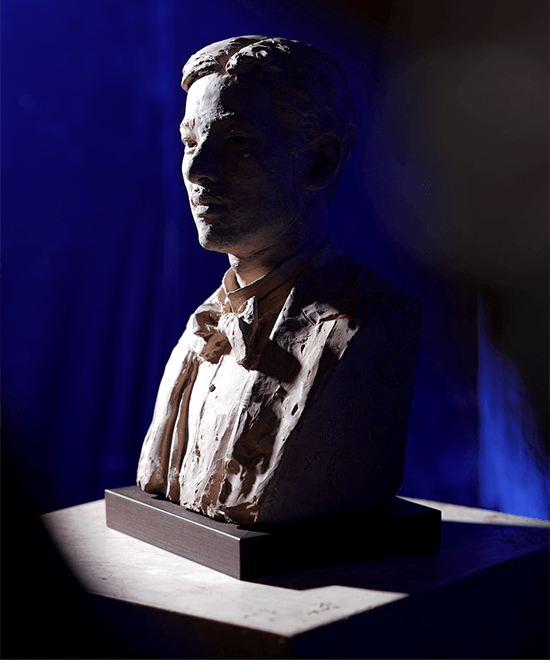
Truth be told, art has always told the country’s history best; although it was a supreme irony that the Spanish colonial government—wary of paying for the educations in the law or medicine of potentially troublesome young men—was willing to send Filipinos on scholarships to study art in Madrid and Rome. How badly did they miscalculate the effect of a Juan Luna on the idea of a free and equal Filipino!
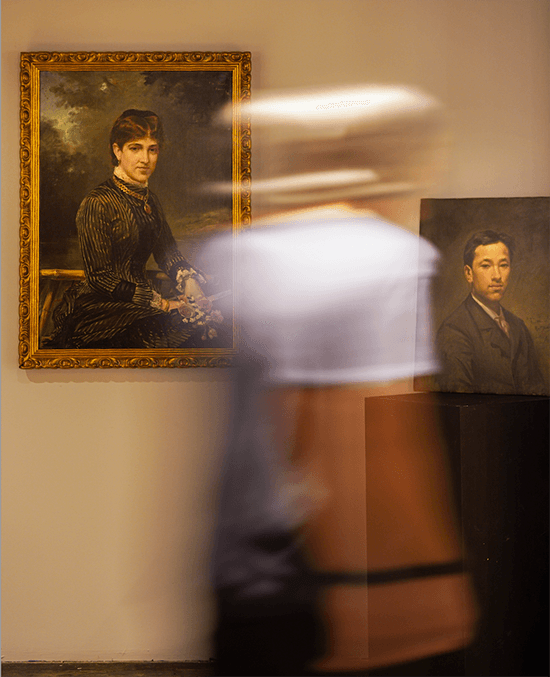
Then as now, there would be no other Filipino who would become as famous as Juan Luna on the Continent; and he would do so through his art. It was none other than the eccentric and brilliant Pedro Paterno who was his chief patron. (Luna would use Paterno’s home on Calle Sauco in Madrid as the address to register his submission of the masterpiece, “Spoliarium,” revealed forensic art historian Martin Arnaldo.)
Paterno was the very first ilustrado to come to Madrid, partly to press for his father’s release from exile, but mainly to embed himself calculatedly into the circles that mattered in Spain. He would be wildly successful, so much so that he would be the driving force behind not just one, but three important Spanish expositions that highlighted the crown’s colonial glories. (Their remnants can still be viewed at Spain’s National Museum of Anthropology in Madrid.)

National Artist Kidlat Tahimik would return to that first expo’s venue, the “Crystal Palace” in Spain’s capital, with his own riff on Paterno’s exhibition of Ifugaos (which incidentally outraged Paterno’s illustrious countrymen, including Jose Rizal, when the half-naked men, the cañao and the carabaos were unveiled in 1887). Entitled “Magellan, Marilyn, Mickey, and Padre Damaso: 500 Years of Conquistador Rock Stars,” Tahimik’s exhibition sought to reclaim the Palacio de Cristal’s grounds on behalf of the Filipino tribes. It returned to Manila in mid-2022 and is now on show at the National Museum for the next few months.
There would be more echoes of the Filipino indigenous mystique to be found in the headlines of a bulul auctioned off for an astounding P36 million in Paris this last October. Certainly, Paterno’s fascination for pre-colonial Philippines antedated the eminent Filipino collector William “Bill” Gambuk Beyer and his French counterpart Alain Schoffel, to whom this find once belonged. This particular divinity had even been exhibited at the Musée du quai Branly - Jacques Chirac in Paris.

In Manila, the “Ilustrado Trove” auction in August sparked a mania for the gilded age. It featured the Paterno collection, overflowing with precious portraits, busts, silver and gold, rare fabrics as well as a mountain of letters and historical documents. It would be León Gallery’s white-glove sale of the year, highlighted by several world records, including one each for those 19th-century obsessions of photographs and first editions (one autographed by Rizal).
Buoyed further by the easing of pandemic travel restrictions, Filipino tourists took to the skies relentlessly in 2022; and impresarios, collectors and contemporary artists were also among the new seekers of the cause of art abroad.
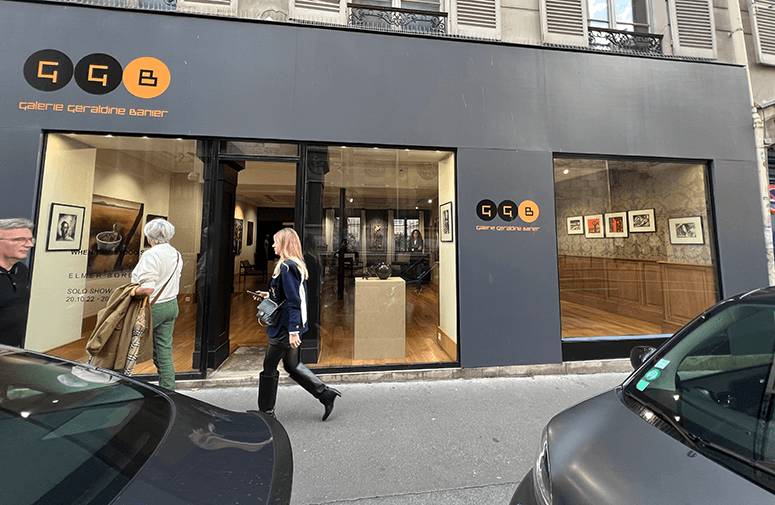
The sought-after artist Elmer Borlongan would have his first one-man show in Europe this October at the Galerie Geraldine Banier, at 54 Rue Jacob in Saint-Germain-des-Pres, 6th arr. of Paris. He was markedly optimistic: “I was so overwhelmed by the support of the Filipino community in Paris and the French audience. The Paris art lovers were excited and curious to see works by a Filipino artist exhibited in a French gallery. I hope that someday young Filipino contemporary artists will have the opportunity to exhibit their works in Paris as well.” The show was put together by renowned designer Jonathan Matti and dealer Piko Gonzales.
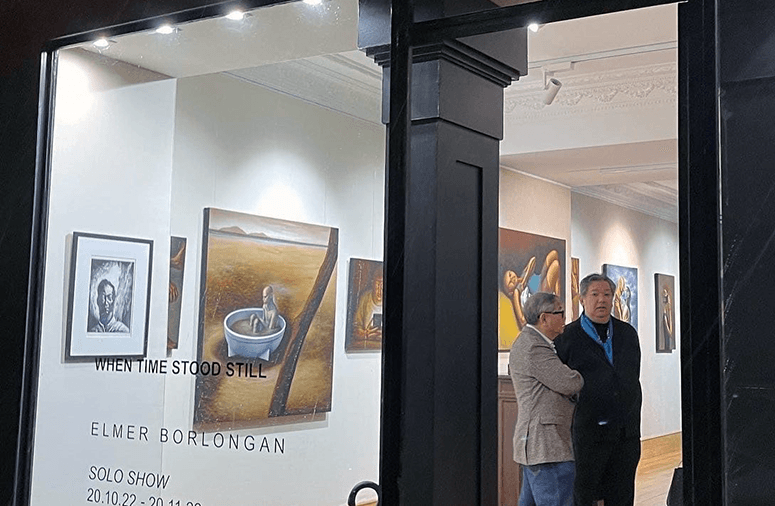
The Borlongan show, “When Time Stood Still,” would bring Borlongan full-circle to what he himself recognized was a starting point he shared with Juan Luna. His work “Battle of Mactan” was unveiled serendipitously beside Luna’s epic “Spoliarium” at the National Museum of the Philippines, where it can still be viewed till next year.
(An entire gallery, in honor of the Quincentennial of the circumnavigation of the world which wound down in 2022, was opened to feature the works of the prize winners in a countrywide contest to find the best painting to commemorate the event. It was the last official act of the commission and opened at the Presidential Car Museum at the Quezon Circle just this December.)
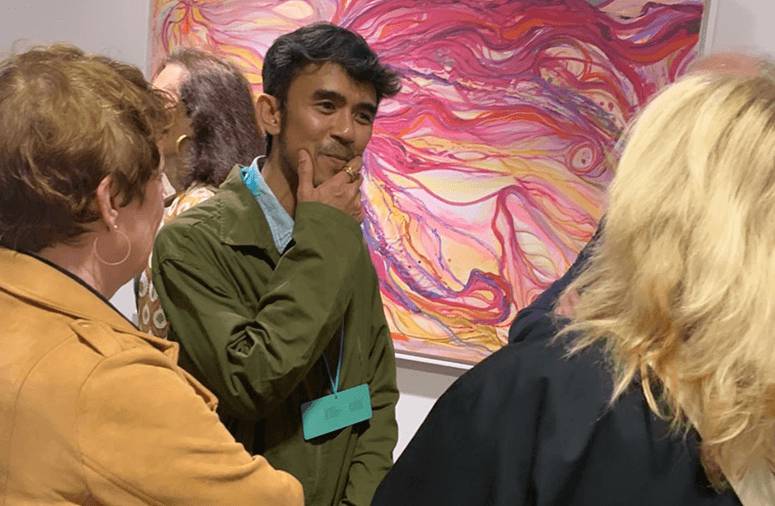
For his part, photographer Mark Nicdao, no stranger to fame in the Philippines, merited a special mention for his show at the “Asia Now: Parisian Asian Art Fair” that took place on the banks of the Seine at La Monnaie de Paris. Produced by the Rivoli Fine Art gallery, Nicdao reportedly sold 80 percent of his works, yes, selling at French prices to collectors in France, England and the Philippines.
There was, however, one disappointment in the world of Philippine art: despite the fact that 2022 was the 50th year of the National Artists Award, the governing National Commission for Culture and the Arts did not name one in the category of the Visual Arts. David Medalla—the expatriate artist who settled in London and whose works are part of the Tate’s collection—was rumored not to have mustered the requisite minimum number of votes to join the ranks of HR Ocampo, Cesar Legaspi and Vicente Manansala.
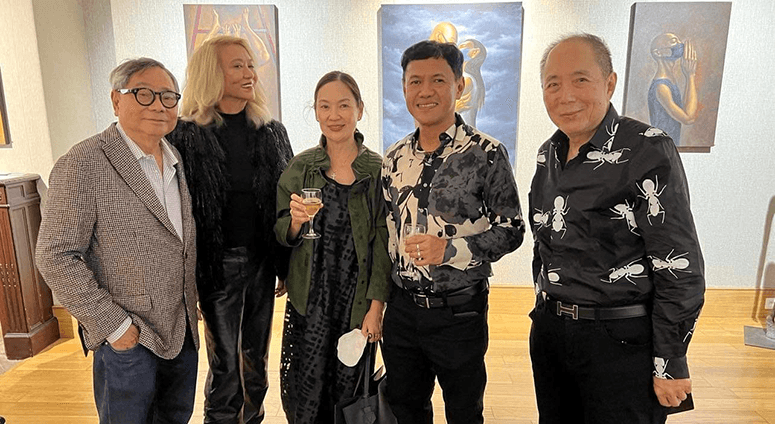
Medalla, unlike Luna, did not have the patronage of the influential nor of the home ground’s aristocracy. (The guest list of the Fernando Zobel exhibition, “The Future of the Past,” at the Prado just this November would have made Luna proud: it included the dukes of Spain, including those of Granada de Ega, the Marquis of Rialp, as well as members of the cultural hierarchy of Madrid.)
Would any of these important artists have approved of NFTs in 2022 and beyond? “The physical art market demonstrated powerful price resilience as auction houses, both international and domestic, achieved record hammer prices in 2022 while its digital counterpart suffered price capitulation across the gamut of crypto-related assets,” said one savvy collector, Joel Consing, of both physical and digital works. No matter that NFT drops with tantalizing titles such as “Bored Ape Yacht Club” surfaced, the long “crypto-winter” had already begun, added Consing.

Indeed, if auctions are the bellwether of art, then 2022 was an important one for the living masters: Ronald Ventura’s work “Blind Mechanism” came close to matching his million-dollar record set for a much larger work; while Ramon Orlina’s “Mount Makiling” (which could reference the magical mountain as much as the important arts academy), cemented this sculptor’s stature. (Both records were achieved at León Gallery’s Kingly Treasures Auctions this December.)
“There’s been an epiphany this 2022,” says art manager Derek Flores. “More and more people are beginning to realize that art is a great investment—if you do it right.” Most of his sold-out shows, he adds, belong to the “up and coming” artists who appeal to a younger set of collectors. Flores notes, “These new collectors are willing to bet their money as well on new artists; and there are more ‘flippers’ (collectors who sell off recently acquired works to cash in) than ever.”
What lies ahead in the new year? A growing sense of community is something to look forward to, not only in the Philippines but with a resurgence in regional art fairs, from Busan, Jakarta, Singapore and Hong Kong. Will more Filipino artists decide to find themselves (and their fame and fortune) abroad as Juan Luna did? Will they find it finally necessary to leave their Manila cocoons? Perhaps, it may be just that moment.
On the other hand, instead of solitary glory, H. R. Ocampo and his band of Neo-Realists got it right the first time around: that a brotherhood would offer the greatest possibility of growth; and through inclusivity, a movement that can be reckoned with: a thought-starter to make another breakthrough year for art in 2023.


